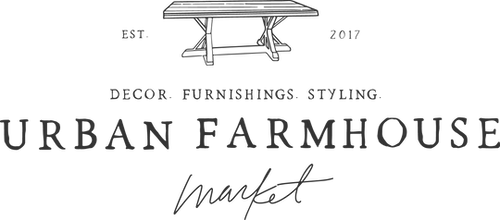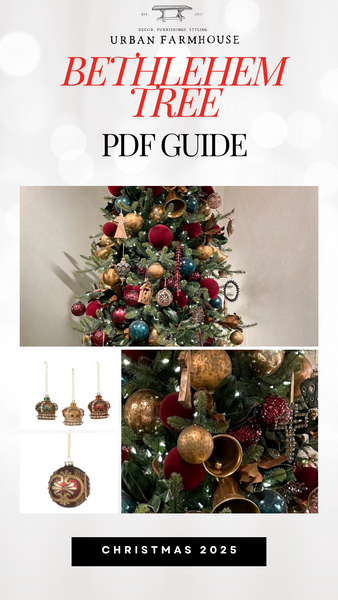Farmhouse Fatigue: Why People Think It’s Over
Let’s be honest—any style that dominates Instagram, HGTV, and big-box stores for years is bound to face some backlash. The classic white-on-white interiors, mass-produced “gather” signs, and cookie-cutter shiplap walls started to feel overdone to some. Critics claimed farmhouse décor had peaked.
Headlines started asking: “Is farmhouse décor dead?” Design influencers began pivoting to minimalism, eclectic boho, or mid-century modern. So, is the farmhouse aesthetic really past its prime?
Not Dead—Just Evolving
Here’s the truth: farmhouse décor isn’t dead—it’s maturing.
What we’re seeing is not the end of farmhouse style, but an evolution. Like all enduring design trends, farmhouse has adapted to meet modern tastes, new materials, and changing lifestyles.
Instead of disappearing, it’s simply shedding its overly rustic clichés and embracing a more refined, curated, and personal direction.
Why Farmhouse Décor Still Works (And Always Will)
1. It’s Rooted in Comfort and Functionality
Farmhouse décor is grounded in what people actually want from their homes: warmth, coziness, and livable beauty. In a world that’s constantly moving, this style offers a feeling of calm and familiarity.
2. It’s Timeless, Not Trendy
Trends come and go, but elements like natural wood, neutral colors, and comfortable furniture don’t go out of style. Farmhouse design draws from these timeless materials and shapes.
3. It’s Adaptable
Today’s farmhouse homes might mix Scandinavian, modern, coastal, or industrial elements. Think:
-
Matte black hardware
-
Vintage rugs over white oak floors
-
Streamlined furniture with rustic accents
-
Organic textures and minimalist palettes
It’s no longer about recreating a barn—it’s about blending old and new for a lived-in, effortless vibe.
Modern Farmhouse: The Next Chapter
Designers are still embracing farmhouse aesthetics—but in more subtle, elevated ways. Here’s how:
Color Palettes Are Expanding
Instead of just whites and grays, we’re seeing earthy tones like olive green, warm taupe, and terracotta.
Less “Themed,” More Tailored
Out go the mass-produced signs and kitschy rooster prints. In come curated vintage pieces, artisan décor, and layered textures.
Sustainability Is Driving Design
Reclaimed wood, secondhand furniture, and handmade pieces fit perfectly within the farmhouse ethos—and appeal to today’s eco-conscious homeowners.
People gravitate toward farmhouse style not because it’s a trend, but because it feels like home. It invites you in. It’s where form meets function, and where memories are made.
Even if you're not covering your walls in shiplap, chances are you appreciate the farmhouse mindset:
-
A big kitchen table for gathering
-
Soft throws and natural light
-
Decor that tells a story—not just fills a space
That’s not a fad. That’s good design.
So, is farmhouse décor dead?
Not even close.
It’s simply growing up. The overdone elements may be fading, but the heart of farmhouse style—comfort, character, and authenticity—is as relevant today as ever. Whether you call it modern farmhouse, rustic-chic, or just homey and inviting, this style still resonates.
If anything, the evolution of farmhouse décor proves that it’s not just a passing trend—it’s a design philosophy that continues to evolve with the people who love it.
Photo Credit: Pinterest





